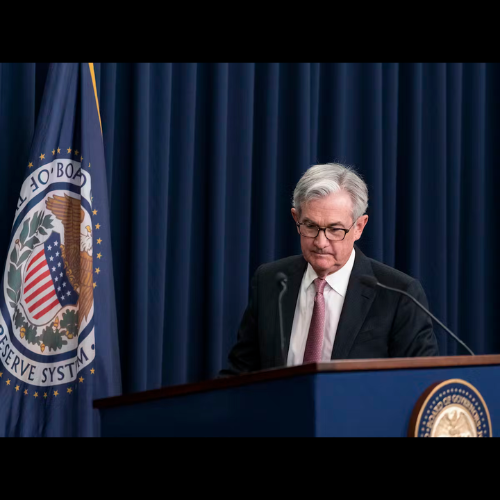Ah, the Federal Reserve. At times akin to the wizard behind the curtain, it’s always conjuring up financial spells to guide the U.S. economy along the yellow brick road of prosperity. The current challenge: squaring the circle, threading the needle, finding the philosopher’s stone—essentially, wrestling the inflation bear down to its 2% target without sending the economy into the dreaded realm of recession. Easier said than done, right? That’s like asking a bull to tiptoe through a china shop without breaking any plates.
First, let’s establish what we’re dealing with here. The Fed’s primary mandate is to promote maximum employment and price stability, which, in Fed language, translates to a modest 2% inflation. Too much above that and we’re in “I just paid $10 for a loaf of bread” territory, too far below and it’s deflation’s grim specter knocking at our door. The current inflation hiccup, like an unruly garden gnome, seems to be insisting on hanging around much longer than we’d like.
The economy, as any dabbler in economics knows, is not unlike a seesaw, and in the great playground of financial policy, the Fed is the parent trying to balance two over-enthusiastic children on either end: inflation and recession. The tool at the Fed’s disposal is its interest rate wand, which they can wave to either stimulate or cool down the economy.
As the maestros of monetary policy, the Fed would ideally want to increase interest rates, making borrowing more expensive and thus cooling spending and investment. It’s the economic equivalent of dousing a flame with water. But there’s the rub. Increase rates too abruptly, and the economy might skid, go careening off the road, and into the thickets of recession. It’s like trying to quiet a noisy crowd with a bullhorn – you might get their attention, but you’ll also give them a ringing headache.
So, what are the odds of this financial jujitsu working out, you ask? Well, no one has a crystal ball (if you do, the Fed would love to borrow it). However, historically speaking, the Fed has managed this high-wire act before, albeit with a fair share of sweat and possibly a few tears. The delicate maneuver will hinge on factors such as the economy’s resilience, the state of the global financial landscape, and a solid understanding of economic indicators.
Just like a seasoned acrobat, the Fed must time its actions impeccably, reading the signs and making swift but measured moves. Every interest rate hike, every policy decision, is another step on the tightrope.
In conclusion, it’s as clear as a muddy puddle whether the Fed can accomplish its task without kicking the economy into the chilly waters of recession. But one thing’s for sure, it’s not a job for the faint-hearted. So here’s to the brave souls at the Fed. We’re all cheering you on from the safety of the ground, hoping you won’t drop any of our economic plates.
Disclaimer: This article is intended for informational purposes only. It should not be considered financial or investment advice. Always consult with a certified financial professional before making any significant financial decisions.






